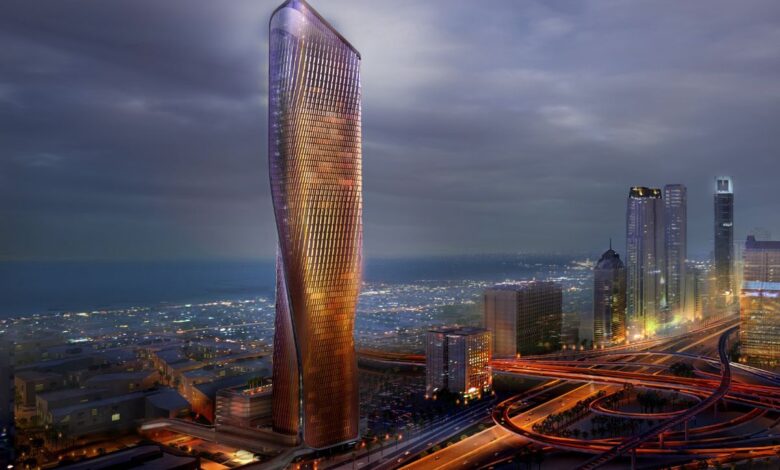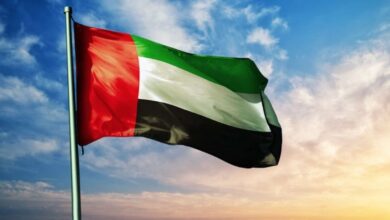Wasl Tower will be one of the most sustainable towers in Dubai

[ad_1]
Amid preparations to host the upcoming COP 28 global climate summit in the United Arab Emirates, the 64-story Wasl Tower will become one of the tallest buildings in the world to use ceramic fins as a renewable means of achieving efficiency energy.
In line with the UAE’s Year of Sustainability this year, the new building further enhances Dubai’s credentials as a global leader in adopting cutting-edge sustainability solutions in the construction sector.
Scheduled for completion in the third quarter of 2024, Wasl Tower’s use of ceramic fins interprets the traditional renewable building material in an innovative way, linking the past, present and future. The tower will be 302 meters high when completed.
His Excellency Hesham Abdullah Al Qassim, CEO of Wasl Group saying:
“The construction sector is responsible for more than a third of global annual greenhouse gas emissions. “Wasl Tower represents our continued efforts to innovate and create smarter, more sustainable developments that meet the changing needs of people and the UAE’s climate goals.”
The fine lacework of sloping ceramic fins on the building’s façade, made of low-tech glazed ceramic and clay hybrid elements mounted in an aluminum casing, will provide shade, boost wind-induced cooling and indirectly channel daylight toward the building. the interior of the building.
Wasl is developing this huge mixed-use project covering a constructed area of approximately 167,733 square meters. It will have apartments, offices, restaurants and a luxurious 259-room Mandarin Oriental hotel as well as a swimming pool. The building’s twisted architectural form will create a striking sight while meeting contemporary requirements for safety, sustainability and energy efficiency.
The architectural model for the Wasl Tower developed by leading design consultant UNStudio is aligned with leading engineering consultant Werner Sobek’s engineering and sustainability concept.
Thermal solar panels provide easy access to hot water, while bronze-coated reflective glazing offers extremely good thermal performance, which together with ceramic fins reduces cooling loads, significantly reducing overall energy consumption, thus promising greater comfort for occupants. Passive façade design and lighting control combine to reduce perimeter zone lighting energy by 40%. An integrated heat pump system also contributes to significantly reducing the tower’s energy consumption and carbon footprint.
Ben van Berkel, founder and principal architect of UNStudio, saying:
“Working together with Wasl, we are bringing sustainability to the business and cultural heart of Dubai. To prioritize the health and well-being of guests and residents, Werner Sobek and UNStudio have used clean, recycled materials and finishes that enhance comfort and user experience. Furthermore, a clear spatial configuration, with the help of technology, ensures that people can easily orient themselves. “These measures, together with precisely planned public levels and group services, reflect Wasl Tower’s holistic, people-centred approach to sustainable development.”
The combination of exterior landscaping, vegetation and passive systems will result in a comfortable outdoor microclimate. A carefully controlled acoustic environment protects the interior from both external noise intrusion and internally generated noise, while return gray water assists irrigation in landscaped areas.
The tower’s geometry, achieved through parametric design and high-tech engineering, allows several sustainability measures to be implemented. A clever structural concept leads to a highly efficient floor plan, while the unique architecture ensures that wind loads are reduced by 20 percent. Furthermore, slim structural components save construction materials, resulting in greater sustainability.
News source: Dubai Press Office
[ad_2]




